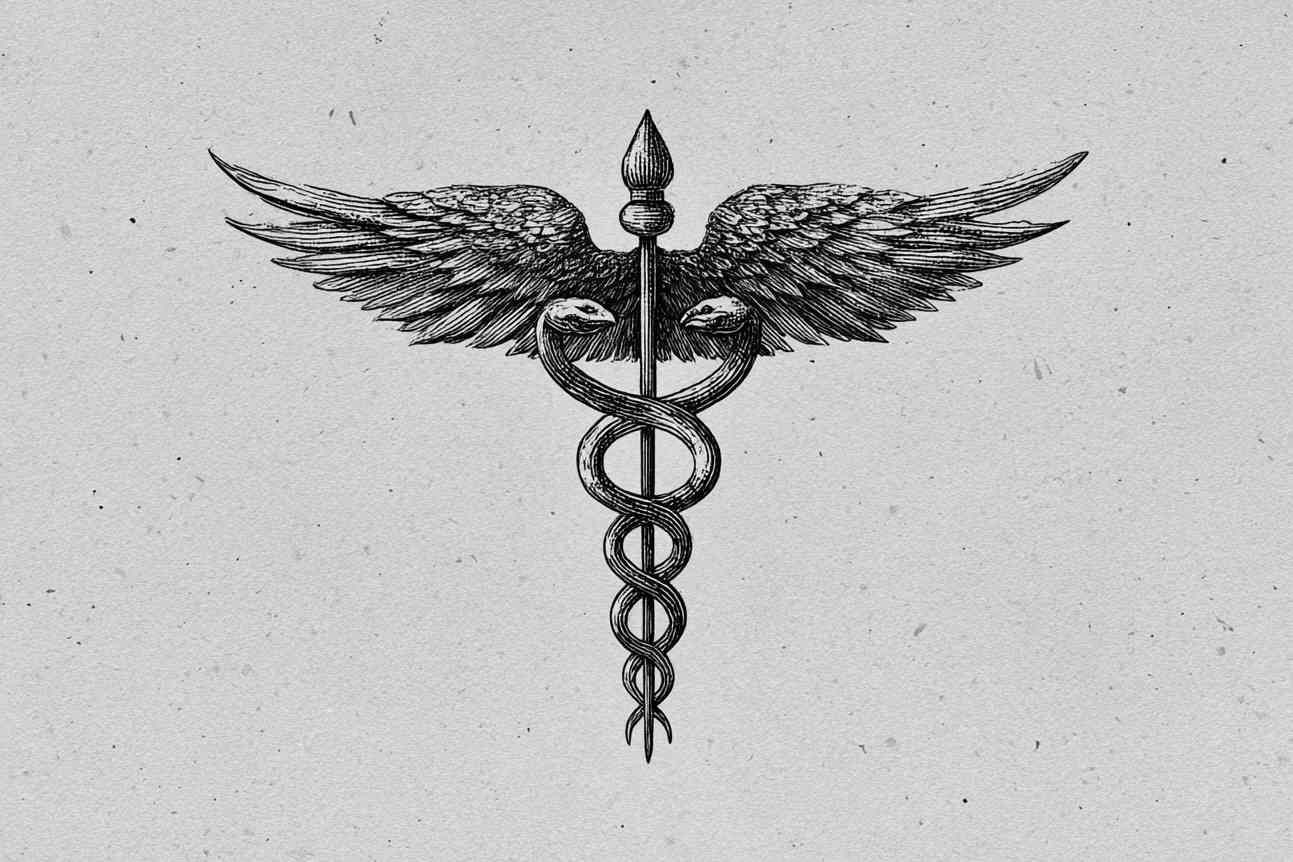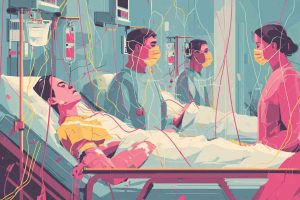The real foundations of health: how hygiene, living standards, food and better healthcare diminished disease

For most of human history, disease shaped the rhythm of life. Cities were ravaged by cholera, families were torn apart by tuberculosis, and even minor wounds often turned fatal. Epidemics regularly killed more people than wars, and average life expectancy rarely exceeded forty years. In the span of two centuries, however, the health landscape in much of the world changed so radically that many once-common illnesses nearly disappeared or lost their deadly power.
Contrary to popular narratives that place medical technology at the center of this transformation, the greatest drivers were far more fundamental: cleaner environments, safer housing, better nutrition, crucial medical discoveries such as penicillin, and the rise of organized healthcare systems. Together, these developments not only reduced mortality but also redefined what it means to live a long and healthy life.
Hygiene as the first barrier
The foundation of health lies in preventing pathogens from ever reaching the body. In this sense, hygiene was the first great barrier humanity erected against disease.
In the early 19th century, doctors and public officials still debated whether illnesses were caused by “miasma” or bad air. It was pioneers like Ignaz Semmelweis, who demonstrated that handwashing could cut maternal mortality drastically (Die Ätiologie, der Begriff und die Prophylaxis des Kindbettfiebers, Semmelweis), and Louis Pasteur and Robert Koch, who confirmed that microorganisms were the agents of disease (Mémoire sur les corpuscules organisés qui existent dans l’atmosphère, Pasteur; Die Aetiologie der Tuberkulose, Koch), who shifted the paradigm. Once the germ theory took hold, practical hygiene became more than superstition,it became science.
Municipal reforms followed. Cities invested in sewage systems, clean water supplies, and garbage disposal. London’s “Great Stink” of 1858, when the Thames reeked of untreated sewage, shocked Parliament into commissioning modern sanitation (The Great Stink of London, Halliday). Similar reforms spread across Europe and North America.
Personal hygiene also changed. Soap, once a luxury, became affordable and common. Bathing and laundering clothes regularly reduced the spread of lice, fleas, and bacteria. By the late 19th century, entire populations had internalized habits that were once reserved for the elite.
The impact was dramatic: waterborne and hygiene-related diseases such as cholera, typhoid, and dysentery declined sharply. Mortality rates fell not because of miracle cures, but because the pathogens had fewer opportunities to reach human hosts.
Living conditions and the built environment
If hygiene addressed pathogens directly, improved living conditions targeted the social environments in which disease thrived.
Industrialization created cities of overcrowded slums, where poor ventilation, damp housing, and shared privies provided perfect breeding grounds for tuberculosis and respiratory infections. In these conditions, a single cough could infect dozens, and whole families lived in rooms barely larger than modern kitchens.
Reformers such as Edwin Chadwick in Britain documented these realities. His Report on the Sanitary Condition of the Labouring Population (Chadwick, 1842) made a direct connection between poverty, housing, and health, arguing that poor living conditions were themselves a form of structural violence against the working classes. The report spurred legislation that improved drainage, urban planning, and access to clean water.
As cities modernized, housing codes demanded ventilation, better construction, and separation of human dwellings from industrial waste. Streets were paved, lighting was installed, and overcrowding was gradually reduced through urban expansion.
These improvements changed patterns of disease. Tuberculosis, for example, remained present but its lethality diminished as healthier housing and reduced crowding weakened its transmission chain (Consumption: The Family Disease of the Nineteenth Century, Barnes). Respiratory diseases overall declined as people no longer lived in smoke-filled, poorly ventilated spaces.
The lesson was clear: health is not simply a matter of biology, but of architecture and environment. Where people live determines how they live.
Nutrition and food availability
The body cannot resist disease without the resources of proper nutrition. Malnutrition had long been the silent partner of epidemics, making populations more vulnerable to infections they might otherwise have resisted.
During famines, death from measles, influenza, and typhus surged, not because the pathogens changed, but because weakened immune systems could not mount effective defenses. The Irish famine of the 1840s, for instance, was accompanied by devastating outbreaks of cholera and dysentery, which thrived in a malnourished population (The Great Irish Famine, Kinealy).
By the late 19th and early 20th centuries, agricultural advances, refrigeration, and better food distribution systems began to transform diets. Populations gained access to more consistent calories, higher protein intake, and essential vitamins. Diseases rooted in deficiencies,scurvy, rickets, pellagra,declined dramatically (Food, Science, Policy and Regulation in the Twentieth Century, Smith).
Better nutrition also strengthened resistance to infections. Thomas McKeown, in The Role of Medicine (McKeown), argued that the majority of the decline in infectious disease mortality in Britain before the mid-20th century could be attributed to improvements in nutrition rather than medical treatment. His thesis remains debated, but it underscored how central food availability was to public health.
In essence, food became medicine long before modern medicine could reliably treat disease. A nourished population could endure what a starving one could not.
Medical breakthroughs: penicillin and the antibiotic age
While hygiene, housing, and nutrition laid the groundwork, medicine provided the final reinforcement against infectious disease. The discovery of penicillin by Alexander Fleming in 1928 marked a turning point that cannot be overstated (On the Antibacterial Action of Cultures of a Penicillium, Fleming).
Before penicillin, infections like pneumonia, syphilis, and scarlet fever claimed countless lives. A scratch that became infected could lead to sepsis and death. Fleming’s discovery, developed for large-scale use during World War II, gave humanity a tool to fight bacteria directly (Penicillin: Triumph and Tragedy, Lax).
The immediate impact was extraordinary. Soldiers who would have died from wound infections survived. Children with strep throat recovered. Women giving birth were no longer at constant risk of fatal puerperal fever.
The antibiotic age also altered the social perception of disease. For the first time, infections were not just prevented by hygiene and avoided through luck,they could be cured. This gave confidence to healthcare systems and patients alike, reshaping expectations about what medicine could achieve.
Of course, antibiotics did not end disease. They shifted the balance of power temporarily, and today the rise of resistant strains serves as a reminder that this chapter may be fragile (The Antibiotic Paradox, Levy). Still, penicillin and its successors remain one of the greatest achievements in reducing human suffering from infection.
The rise of organized healthcare
Alongside hygiene, housing, food, and antibiotics, the institutionalization of healthcare played a crucial role in diminishing disease. Hospitals evolved from places of last resort for the poor into centers of professionalized medicine. Training improved, standards were set, and medical knowledge was systematically applied (The Rise of Modern Medicine, Porter).
In many countries, the late 19th and early 20th centuries saw the rise of national health systems or insurance schemes. Germany under Bismarck pioneered social health insurance in the 1880s, ensuring access to care for workers (Health Care Systems in Transition: Germany, Busse). Similar models spread across Europe and later to other regions.
Better healthcare meant not just treatment but also organization: midwives trained to reduce maternal mortality, general practitioners identified and isolated contagious cases, and public health departments monitored outbreaks and enforced sanitation laws.
The result was a coordinated defense against disease. Where once communities faced epidemics alone, now entire states mobilized resources to protect public health. The synergy between medicine and administration meant that both prevention and cure could be addressed more effectively than ever before.
Shifting causes of death
The combined effect of hygiene, living standards, nutrition, medicine, and healthcare was transformative. By the mid-20th century, mortality from infectious diseases in industrialized countries had fallen to a fraction of earlier levels (Death, Disease and Medicine in the Colonial World, Arnold). Life expectancy soared, often doubling within a few generations.
This did not mean that death disappeared, only that its causes shifted. Chronic diseases such as cancer, heart disease, and diabetes replaced infections as the leading killers. In some ways, this shift was a mark of success: people now lived long enough for chronic conditions to manifest.
The “epidemiological transition,” as scholars term it (The Epidemiological Transition, Omran), was not the result of a single discovery but of a complex interplay of social and medical progress. It demonstrated that health is a social achievement as much as a medical one.
Unequal progress and persistent challenges
It is important to note that this story is not universal. While industrialized nations experienced dramatic improvements, many regions of the world continued to face the conditions of earlier centuries. Poverty, overcrowding, poor sanitation, and malnutrition remain fertile ground for disease.
In parts of Africa, Asia, and Latin America, diarrheal diseases, respiratory infections, and tuberculosis remain among the top causes of death (Global Burden of Disease Study, Murray). Where clean water and adequate nutrition are not guaranteed, the old enemies of health continue their assault.
Moreover, the very tools that once secured progress face new threats. Antibiotic resistance undermines the power of medicine, while urban overcrowding and environmental degradation recreate conditions ripe for outbreaks.
The story of past success should therefore be seen not as a closed chapter but as a fragile achievement that requires constant renewal.
Conclusion: the true roots of health
The decline of disease in the modern world was not the product of luck or of any single invention. It was the outcome of a convergence: cleaner environments, safer homes, reliable food supplies, life-saving antibiotics, and organized healthcare. Each element reinforced the others, creating a society in which disease could no longer spread unchecked or strike with the same lethality as before.
The lesson is as relevant today as it was in the 19th century: health is built from the ground up. Soap and sewage systems, nutrition and housing, medicine and healthcare infrastructure together create the conditions for long life. When any of these foundations weaken, disease finds a way back in.
Recognizing this interplay reminds us that true public health is not about miracle cures but about building and maintaining the conditions in which disease cannot thrive. The victories of the past were not inevitable,they were constructed. The challenge of the present is to preserve them.


















